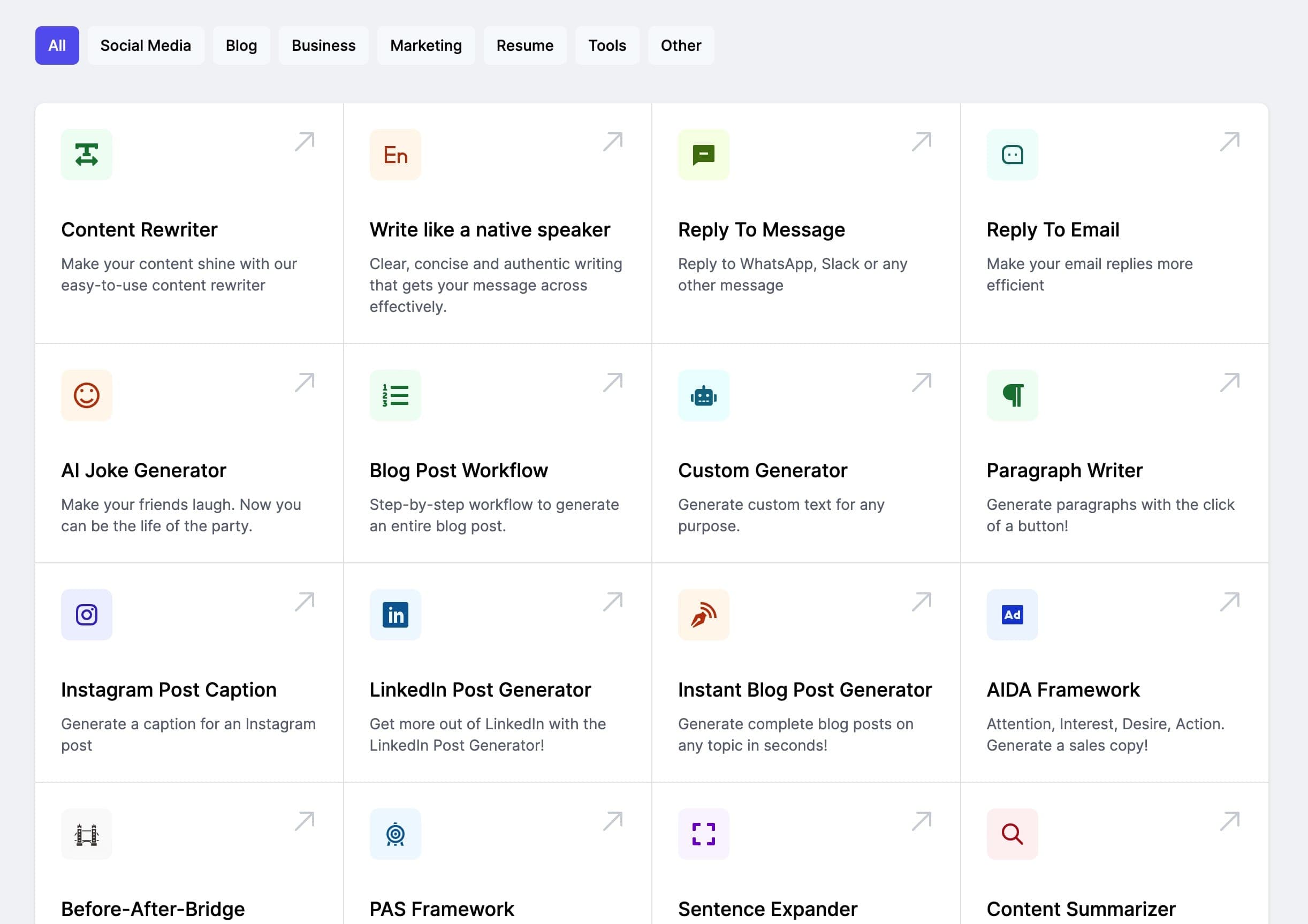المدخلات
اصول الفقة
المخرجات
# دليل الدراسة: أصول الفقه ## مقدمة أصول الفقه هو أحد أهم العلوم الإسلامية التي تهتم بفهم وتطبيق الشريعة الإسلامية. يهدف هذا العلم إلى وضع القواعد والمبادئ التي تساعد في استنباط الأحكام الشرعية من أدلتها التفصيلية. --- ## محتويات الدراسة ### 1. تعريف أصول الفقه - **اللغة:** تُشَكِل كلمة "أصول" جذور وأساسيات الشيء، و"الفقه" يُعنى بالفهم والإدراك. - **اصطلاحاً:** علم يُبحث فيه عن أدلة الفقه الإجمالية وكيفية الاستفادة منها وحال المستفيد. ### 2. أهمية علم أصول الفقه - تعريف كيفية استخراج الأحكام الشرعية. - توضيح الطرق التي يعتمد عليها الفقيه في استنباط الأحكام. - مساعدة الباحث في التمييز بين الأدلة القوية والضعيفة. ### 3. مصادر أصول الفقه - **القرآن الكريم:** المصدر الأول والأساسي. - **السنة النبوية:** الأحاديث الشريفة. - **الإجماع:** اتفاق العلماء على حكم معين. - **القياس:** إلحاق فرع بأصل لعلة مشتركة. ### 4. مباحث أصول الفقه - **الدلالات اللغوية:** فهم معاني الكلمات والنصوص. - **الأحكام الشرعية:** الفرض، الواجب، المندوب، المباح، المحرم، والمكروه. - **الأدلة التفصيلية:** كيفية استنباط الأحكام من النصوص. - **الاجتهاد والتقليد:** شروط الاجتهاد وأهمية التقليد. ### 5. قواعد أصول الفقه - **قاعدة اليقين لا يزول بالشك:** الأمور المتيقنة لا تتغير بالشكوك. - **قاعدة الأمور بمقاصدها:** الأحكام تعتمد على النية والمقصد. - **قاعدة الضرورات تبيح المحظورات:** الحالات الضرورية تتيح اتخاذ بعض المحظورات. ### 6. مجالات تطبيق أصول الفقه - **الفتوى:** إصدار الأحكام اليومية. - **القضاء:** الفصل في النزاعات. - **التشريع:** وضع القوانين بما يتوافق مع الشريعة. ### 7. كتب ومراجع مهمة - "الرسالة" للشافعي - "المستصفى" للغزالي - "الإحكام في أصول الأحكام" للآمدي ### 8. نصائح للدراسة - **فهم القواعد الأساسية:** التركيز على فهم القواعد والمبادئ. - **القراءة المتأنية:** قراءة النصوص بتمعن وتدبر. - **مناقشة الأفكار:** التفاعل مع زملاء الدراسة لفهم أعمق. - **استخدام المصادر المتنوعة:** الاطلاع على مختلف الكتب والمراجع. --- ## خاتمة علم أصول الفقه يشكل عموداً فقرياً لفهم الشريعة الإسلامية بشكل صحيح ومتوازن. من خلال هذا الدليل، نسعى لتقديم إطار شامل ومبسط يساعد الطالب في رحلته لفهم هذا العلم الجليل.
